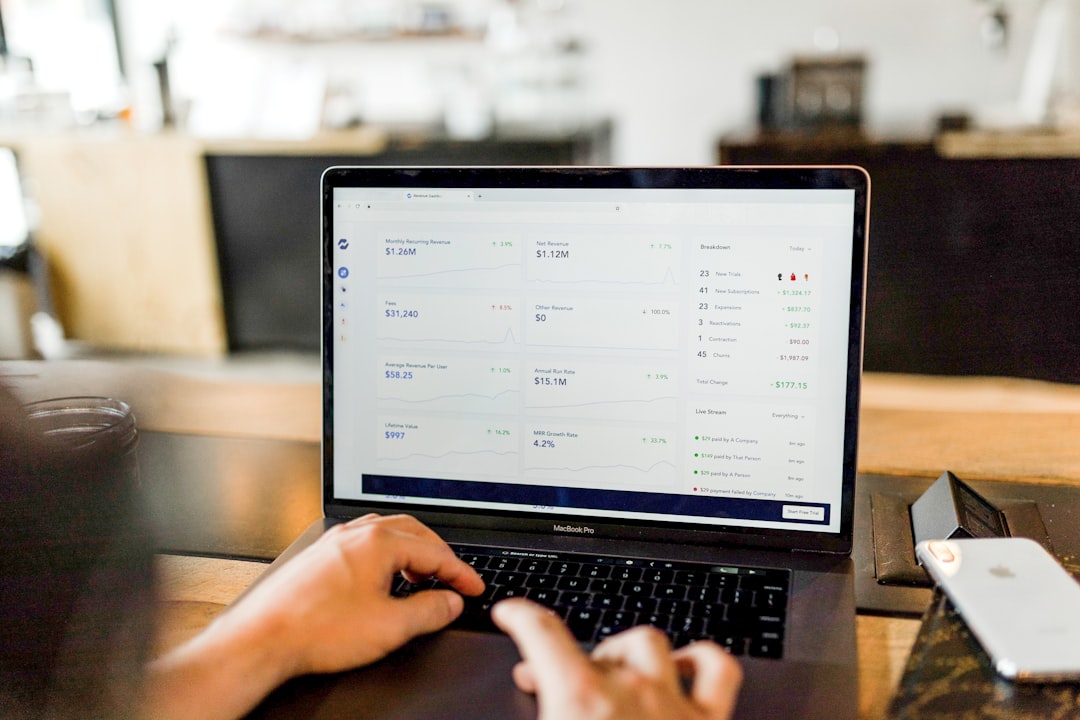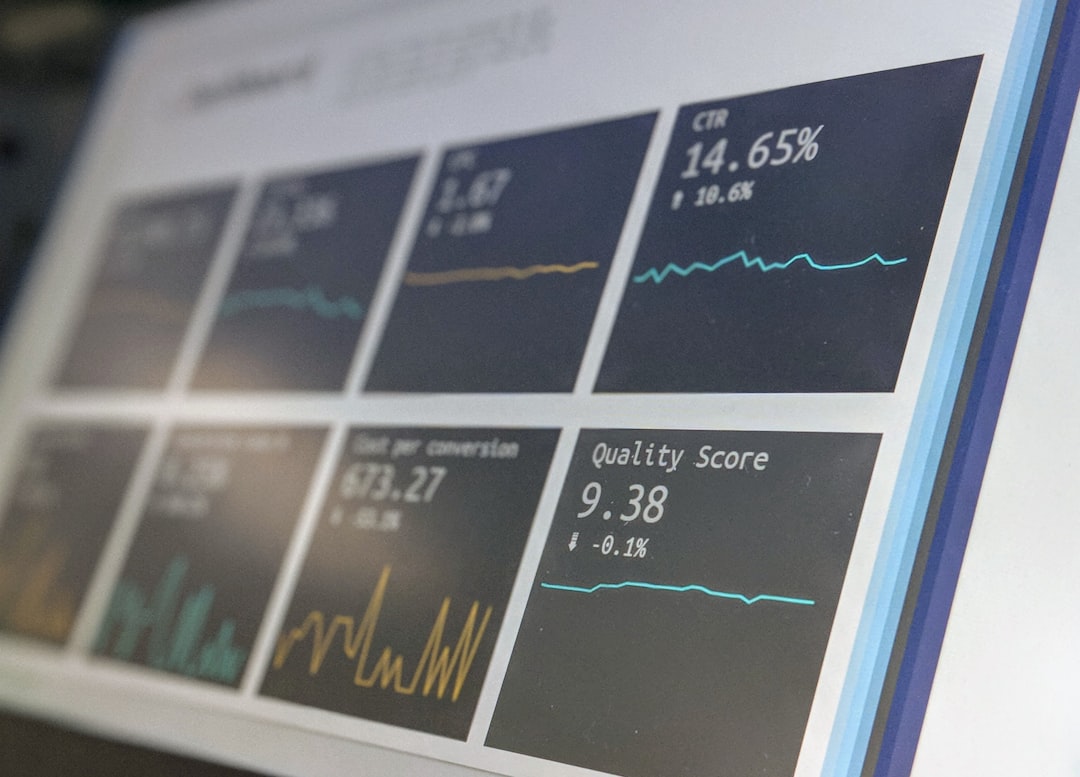
Decoding the Numbers: How to Interpret Economic Reports
## Introduction. Economic reports are essential tools that provide insights into the health of an economy. They can highlight trends in employment, inflation, consumer spending, and overall economic growth. However, understanding these reports can be challenging, particularly for individuals who are not versed in economic terminology. This post aims to equip you with the skills to interpret economic reports effectively, enhancing your ability to make informed financial decisions. ## Understanding Economic Indicators. Economic reports are typically composed of various indicators, each serving as a snapshot of the nation’s economic activities. The most common indicators include Gross Domestic Product (GDP), unemployment rates, inflation rates, and consumer confidence indices. - **Gross Domestic Product (GDP)** measures the total economic output of a country and indicates the overall health of the economy. A rising GDP is often viewed as a sign of economic growth. - **Unemployment Rates** provide information about the number of people who are actively seeking jobs but are unable to find work. A low unemployment rate suggests a healthy economy. - **Inflation Rates** indicate the rate at which the general level of prices for goods and services is rising. Moderate inflation is typical in a growing economy, but high inflation can be detrimental. - **Consumer Confidence Indices** gauge how optimistic consumers feel about the economy, which can impact spending and saving behaviors. By making sense of these indicators, you can clarify the broader economic landscape that might affect your personal or business financial strategy. ## Analyzing Trends Over Time. When interpreting economic reports, it is vital not to look at a single data point in isolation. Instead, examining trends over months or years can provide a more comprehensive picture. - **Longitudinal Analysis**: For example, if the unemployment rate has declined over the past year, it may indicate a strengthening labor market. On the other hand, if inflation rates rise sharply, this could signal potential economic overheating. - **Seasonal Adjustments**: Many economic reports are adjusted for seasonal variations, making it easier to analyze true trends. Seasonal adjustments account for repetitive seasonal patterns that could distort the data. By looking at trends, you can draw more accurate conclusions about the economy's direction, rather than reacting impulsively to monthly fluctuations. ## The Importance of Context. Context is crucial when interpreting economic reports. The meaning of specific data can change depending on external factors such as geopolitical developments, changes in government policy, or societal shifts. - **Current Events**: For instance, a sudden spike in unemployment rates could be linked to a significant technological change that automated jobs in a particular sector, reflecting not just economic health but also societal transitions. - **Comparative Analysis**: Comparing current reports to historical data or other countries’ reports can provide invaluable context. Understanding how your country's economic indicators measure against a global backdrop can help identify potential challenges and opportunities. ## Critical Thinking and Professional Resources. As you read economic reports, employing critical thinking is essential. Don't take information at face value; instead, question the figures presented. Look for corroborating data from various credible sources. - **Economic Experts**: Tap into insights from economists and analysts who can provide additional commentary and perspective. Many financial news platforms offer expert opinions that can add depth to your understanding. - **Statistical Foundations**: Familiarize yourself with basic statistics and econometric methods that help understand how reports are constructed, thereby giving you the tools to dissect them more thoroughly. By merging critical thinking with information from seasoned professionals, you can develop a well-rounded perspective. ## Conclusion. Interpreting economic reports effectively requires patience, persistence, and a strategic approach. By understanding key economic indicators, analyzing data trends over time, appreciating contextual factors, and employing critical thinking skills, you can enhance your ability to make informed decisions based on economic conditions. Through attentive reading and analysis, you wield the power to turn numbers into actionable insights for your financial endeavors. ## Image Search Tags. "Economic indicators charts and analytics best practices" .








